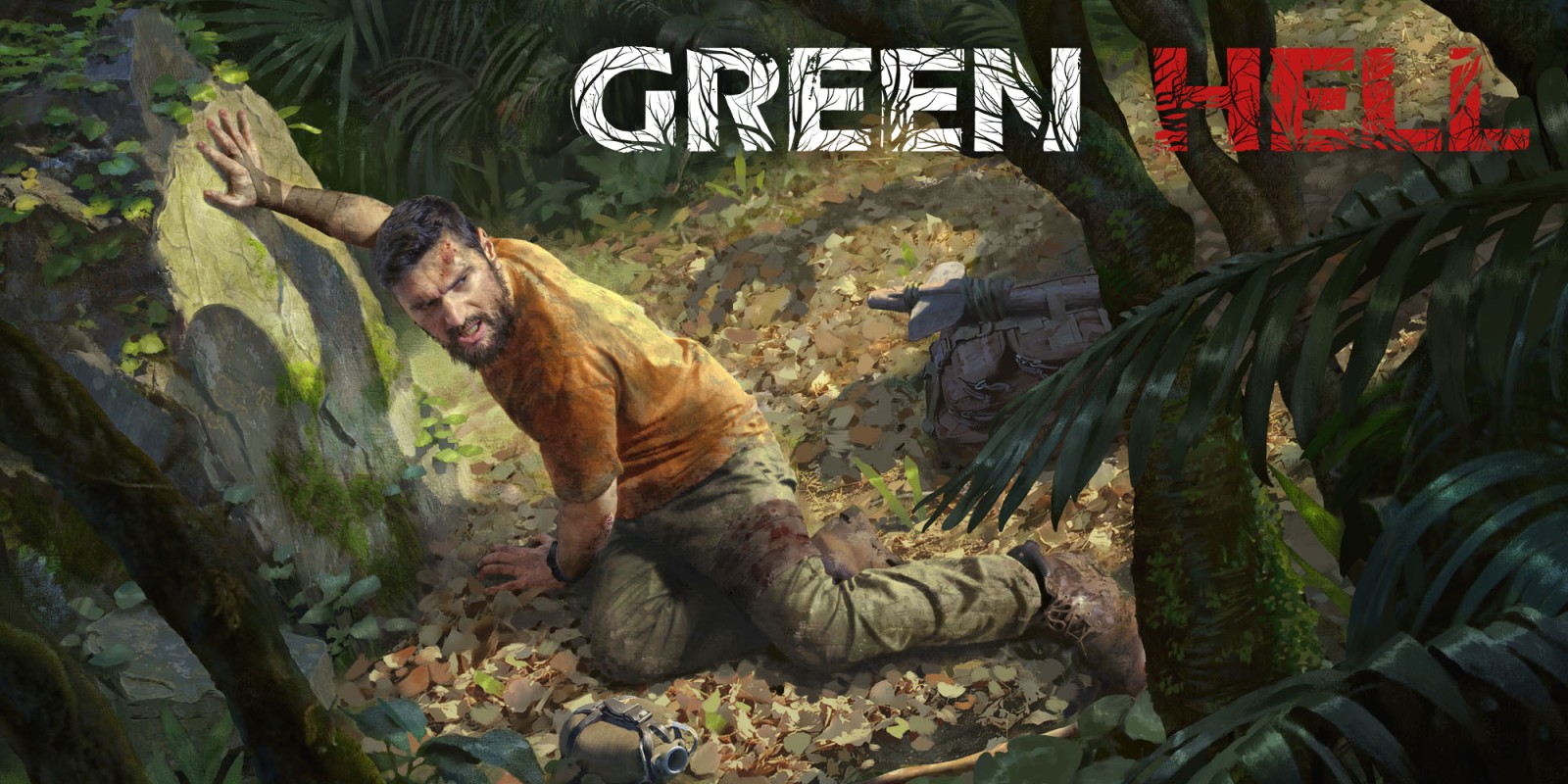
So the initial play of the game is a lot of fun. The story adds additional gameplay variety, including a psychedelic journey and incentives that push you towards risk and exploration. There is a challenging range of tasks and tasks to be found in many survival games.

Things like getting poisoned by a snake from any scavenging trip or vomiting from eating the wrong mushroom can happen. Apart from the story, many things are coming to the fore. On the other hand, when you’re busy with crafting, hunting, and scavenging, that just flies too fast. The good thing is that with VR, this time these aren’t keyboard or controller buttons, but you’ll actually be looking at your arm and grabbing the backpack with your back.

Lastly, you’re going to be carrying a backpack that you use to store bananas, coconuts, herbs, and building materials. Secondly, you have a notebook displaying the objectives, craftable items, effects of food items, and the game map. At any given difficulty level, you’re pretty much using three things: First, your wristwatch where you monitor your health and fatigue levels. Clean water is another important resource. I chose a higher difficulty level, which means I needed to constantly collect food like bananas, coconuts, mushrooms, and hunt wild animals to survive. Depending on the difficulty level you choose, you’ll also need to consider food, disease, and external threats. In addition to herbs and other plants to cure forest fever, there are sticks, stones, vine ropes and leaves to make weapons and shelters. While playing the story mode, you are gradually introduced to the basics of survival. Overall, the Meta Quest version doesn’t degrade the graphics much, and offers a lot of visual immersion. I compared the game with the PCVR version that was recently released, and the most noticeable difference to me is the wind effect in the foliage and better lighting effects in the PCVR jungle. Given that the game is running on a mobile chip inside Quest 2, this is clearly one of the VR games that makes the most of the headset’s capabilities. The very first thing I noticed when playing Green Hell VR on Meta Quest is that the game looks really cool.


From then on, you play to find out what happened to Mia while trying to escape the hardships of the jungle. After falling down a waterfall, you end up all alone in the woods with a large part of your memories. Mia sets out alone to contact one of the indigenous tribesmen, but things go wrong after a few days of radio contact. The game’s story is simple but effective: you play as Jake Higgins, a renowned anthropologist who is visiting the Amazon rainforest with his partner Mia. Both have a story mode and a survival mode. The original Green Hell came out in 2019 and the Meta Quest version is very similar. As it turns out, Green Hell VR does a great job of letting you experience the struggles of wilderness survival, at least initially, at the cost of a decent dose of genuine nausea. I’m relatively new to VR gaming and haven’t played the original game, so surviving inside the green hell of the Amazon jungle seemed like the perfect opportunity for a novel VR experience. Ever wondered how you would perform yourself inside the mighty Amazon jungle? That’s what I was asking myself when I saw Green Hell coming to VR on Meta Quest.


 0 kommentar(er)
0 kommentar(er)
